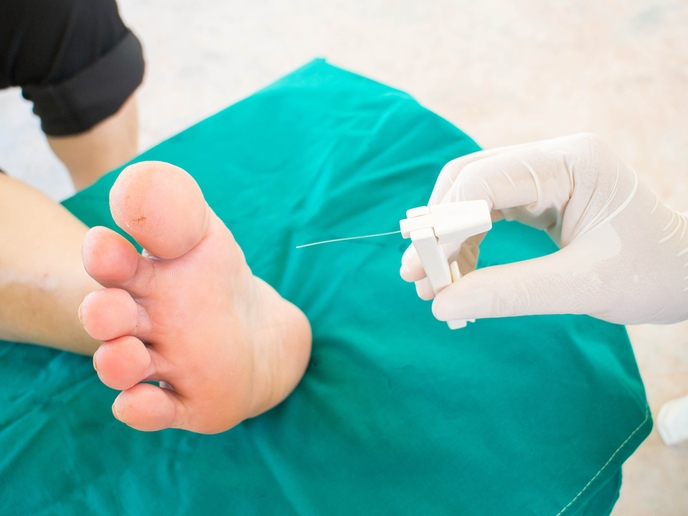Neuron-glia co-cultures, towards better treatment options for neuropathic pain
NGN-PET (Modelling Neuron-Glia Networks into a drug discovery platform for Pain Efficacious Treatments) was built around one conviction: Researchers’ lack of luck in finding more effective treatments for neuropathic pain is due to the poor translatability of current chronic pain models. Instead of focusing solely on neuronal components, the project considers all cells involved in chronic pain, in vivo. The most innovative aspect of their approach? Its emphasis on glial cells such as microglia, astrocytes, Schwann cells and satellite glial cells and of the immune system.
Introducing glia-neuron interactions
“Glia-neuron interactions are interesting mechanisms for the development of new chronic pain treatments. Plus, recent development in hiPSC technologies can help us overcome limited access to human tissues for the development of in vitro models,” Paola Tarroni, coordinator of the project and Scientific Innovation Manager at Axxam, explains. NGN-PET can be seen as the much-needed bridge between the existence of these technologies and their translational application. Since 2017, the project has been generating both basic knowledge on neuropathic pain neuron-glia pathways, and new tools for the discovery and validation of new targets and compounds. “So far, the group has achieved a thorough inter-laboratory standard procedure for drug evaluation in two fundamental preclinical animal models of chronic pain. The main outcomes of our studies include a critical re-evaluation of how to prioritise targets for pain drug discovery. We also contributed with data to a web-based tool for the transcriptional data-mining of peripheral neuro-immune interactions. Finally, we have established large-scale production of human sensory neurons, and we have devised miniaturised formats for the culture of these sophisticated cellular systems. These are operable in industrial settings for drug screening,” says Tarroni.
Laying the groundwork for innovative new drugs
With 3 months to go before the project’s completion, the team is now studying some of the targets identified in their RNA transcript analysis. “We compare their efficacy with that of some reference drugs in the market,” comments Tarroni. “Besides, we are performing combination studies to assess the hypothesis that targeting both neurons and glia is a better approach for treating NP.” In vitro studies to clarify the role of specific glial cell populations on neuronal excitability are ongoing, along with further characterisation of in vitro rodent models useful for drugs testing. All in all, the use of standardised hiPSC-derived neuron-glia co-cultures with better predictive validity is expected to allow for a breakthrough in the identification of new compounds with mechanisms of action beyond pure neuronal targets. This approach dramatically increases the range of options for identifying drugs with more than one mechanism of action or even validating potential synergies between current treatments targeting neurons and/or glia. “The NGN-PET platform could be expanded to other cell types of the different areas of the nervous system, establishing an alternative or a complement to current approaches to drug discovery. The ambition is to reduce the high attrition rate of drug development in the field of neuropathic pain and ultimately to develop novel and efficacious therapeutics,” Tarroni concludes. The project is funded by the Innovative Medicines Initiative, a public-private partnership between the EU and the European pharmaceutical industry.
Keywords
NGN-PET, neuropathic pain, treatment, chronic pain, glial cells, glia-neuron, drug development



